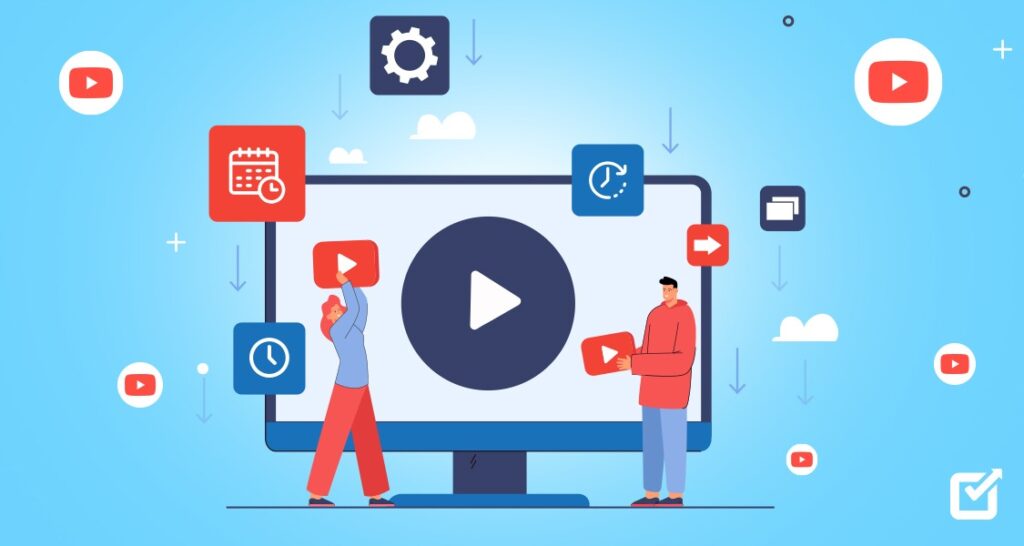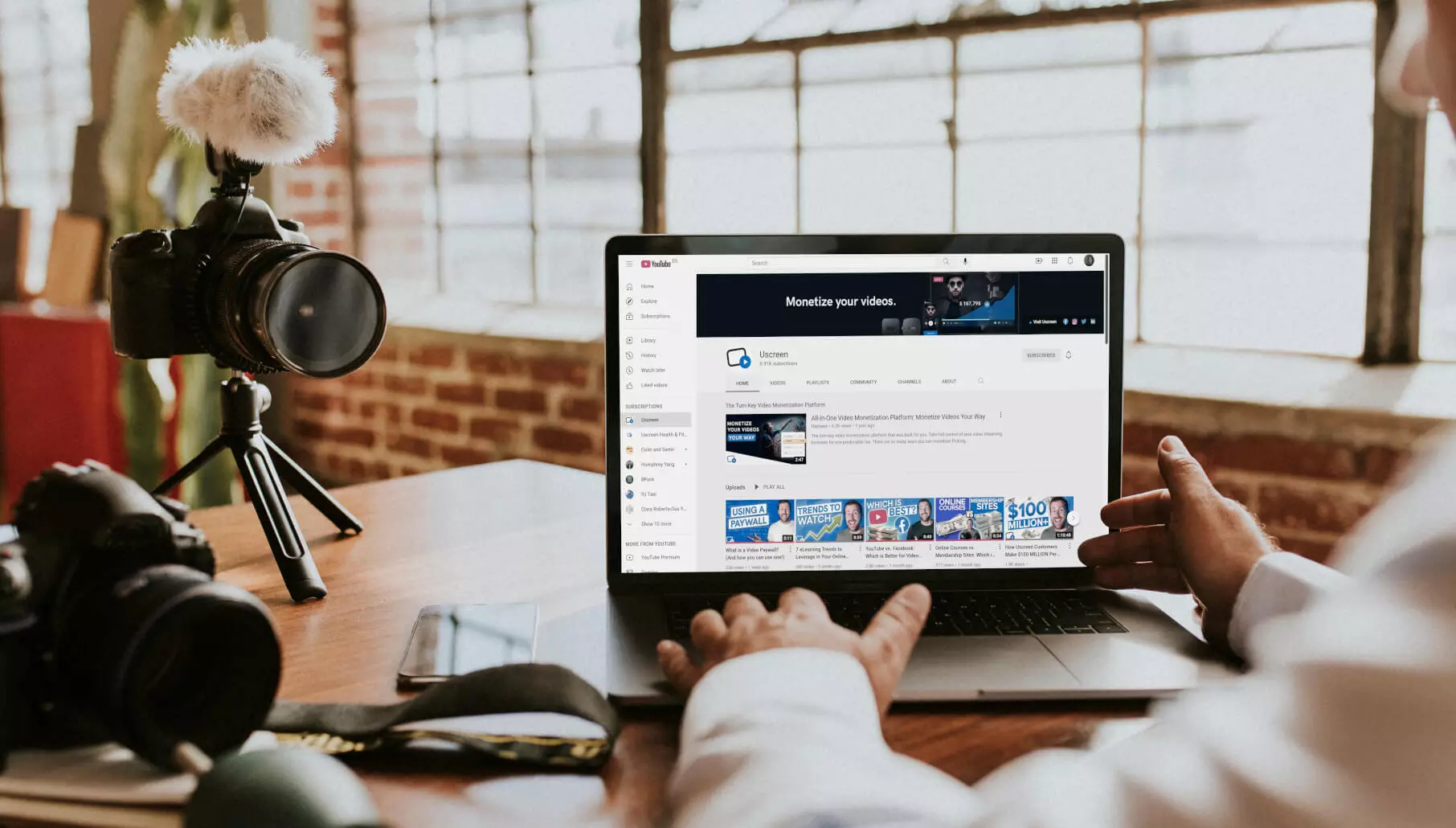Have you ever looked at a YouTube video with thousands of views and thought to yourself, “I wish my videos could get that kind of reach”? Well, now they can! In this blog post, we’ll take a look at some simple, yet effective strategies you can use to improve the reach and quality of your YouTube videos. Read on to see how you can make a successful YouTube channel!
Identifying Your Target Audience

Identifying your target audience is the essential first step in improving the reach and quality of your YouTube clips. Knowing who you are creating content for will help you optimize your video content to best suit their viewing interests and habits.
By understanding who you are making content for, you can put yourself in their shoes to create something that resonates with them. It’s not about trying to appeal to everyone. Creating content for a specific group of people increases the chances of it being seen, shared and replied to—which ultimately boosts viewership.
When starting out, decide what kind of viewers you want to reach out to based on topics like demographics such as age, gender and language preferences, or psychographics terms such as lifestyle, values and beliefs of users etc.
To better understand your target audience, ask yourself these questions:
-Who do I want to watch my videos?
-What type of topics will my intended viewers engage with?
-What elements will engage them?
-What challenges do they face that my videos can address?
-Who influences them the most?
Crafting an Engaging Content

To ensure that your audience stays engaged and increases, pay attention to every detail in the clip. Crafting compelling, creative, and well-executed clipsshould be the goal for every content creator.
Plan out what points you will want to make in the clip before you start recording. Make sure that each point has a purpose and will add value to your viewers’ lives in some way. You don’t want your audience to become distracted or lose interest while watching your videos. Consider what visuals or audio will enhance each point of your presentation or add context; this can be things like clips, images, music, etc.
Optimizing Your Video for Search

To get more viewers to your videos, it’s important to optimize them for search so they can be easily found in YouTube search and Google search engine results. To do this, you’ll need to ensure you have key elements like descriptive titles and tags that relate to the content, plus enticing thumbnails that have the potential to attract more clicks.
Use relevant keywords in your titles and descriptions so they are accurately reflected in searches related to the topic. Include specific details about what viewers can expect from the video such as duration, location or other helpful information. Writing succinct descriptions with a natural flow is beneficial for optimizing your videos for both YouTube and Google searches, as well as increasing engagement when it comes to watching and sharing your content. If you are unsure on how to start optimizing your videos better go check out https://viewsta.com/.
Leveraging Social Media

One successful technique is to create hashtag campaigns surrounding topics related to your video content. Use influential industry figures, such as major YouTube channels, to increase the exposure of your hashtag campaign.
You can also encourage viewers of your videos on other platforms, such as Twitter and Facebook, to share the videos with friends and followers. When done properly these networks can be very effective in getting more eyes on your content.
Another useful tool for increasing reach and engagement with your YouTube channel involves creating clickable overlays that appear at specific moments during the video playback. These overlays can either be simple logo placements or they can link out to merchandise or relevant bonus material like behind-the-scenes footage or extra content.
You may also consider designing eye-catching thumbnails for each video as a means of catching attention from YouTube viewers scrolling through their home feed or search results page. Custom designed thumbnails should be consistent in size and shape, featuring relevant images or text that accurately encapsulate the theme or title of the corresponding video – this will entice viewers into clicking through for more information about what you are offering before watching another channel’s clip instead.
Running Paid Ad Campaigns
Running paid ad campaigns on this social media can be an effective way to increase your reach and build awareness for your content. To get the best from a paid campaign, it is important to understand the types of ads available and how best to use them for your specific goals.
There are three main types of ads available on YouTube:
- TrueView Ads — Trueview Ads are skippable video ads that can be up to 12 minutes long and appear within other videos on YouTube as well as on search results pages across Google’s Adwords network.
- InVideo Ads — With InVideo Ads, you create an ad of up to 30 seconds that appears within the videos of other YouTubers related to your target audience or specific keywords.
- Masthead Ads — Masthead Ads are large overlays shown at the top of any page in YouTube, either with a static image or with video playing until users click “Skip Ad”, which appears after 5 seconds. These are ideal if you want maximum visibility and presence, but they tend to be much more expensive than TrueView ads as they are charged based on CPM (cost-per-million impressions).
Measuring Results and Refining Your Strategy

In order to track the success of your channel, you should set measurable benchmarks and analyze the results on a regular basis. You can measure success in various ways, such as increasing subscribers, collecting data about viewership patterns and using analytics tools to track how your videos are performing.
You should also regularly evaluate the ratings and comments from viewers since these can offer valuable insight into what people like or dislike about your content. Once you’ve gathered enough information, you can refine and adjust your strategy. A few tactics you can adopt include repeating successful topics or formats, targeting specific countries with localized versions of your content and diversifying the topics you cover in general.
If you’re not sure what type of video to create next, consider doing keyword research to identify popular trends in your industry and then create a tutorial or educational video around that topic. Additionally, consider partnering with other YouTubers who have larger audiences than yours to increase exposure for both accounts. Evaluate all potential partners carefully – it’s important that they match well with your core brand messaging as well as share similar values.

